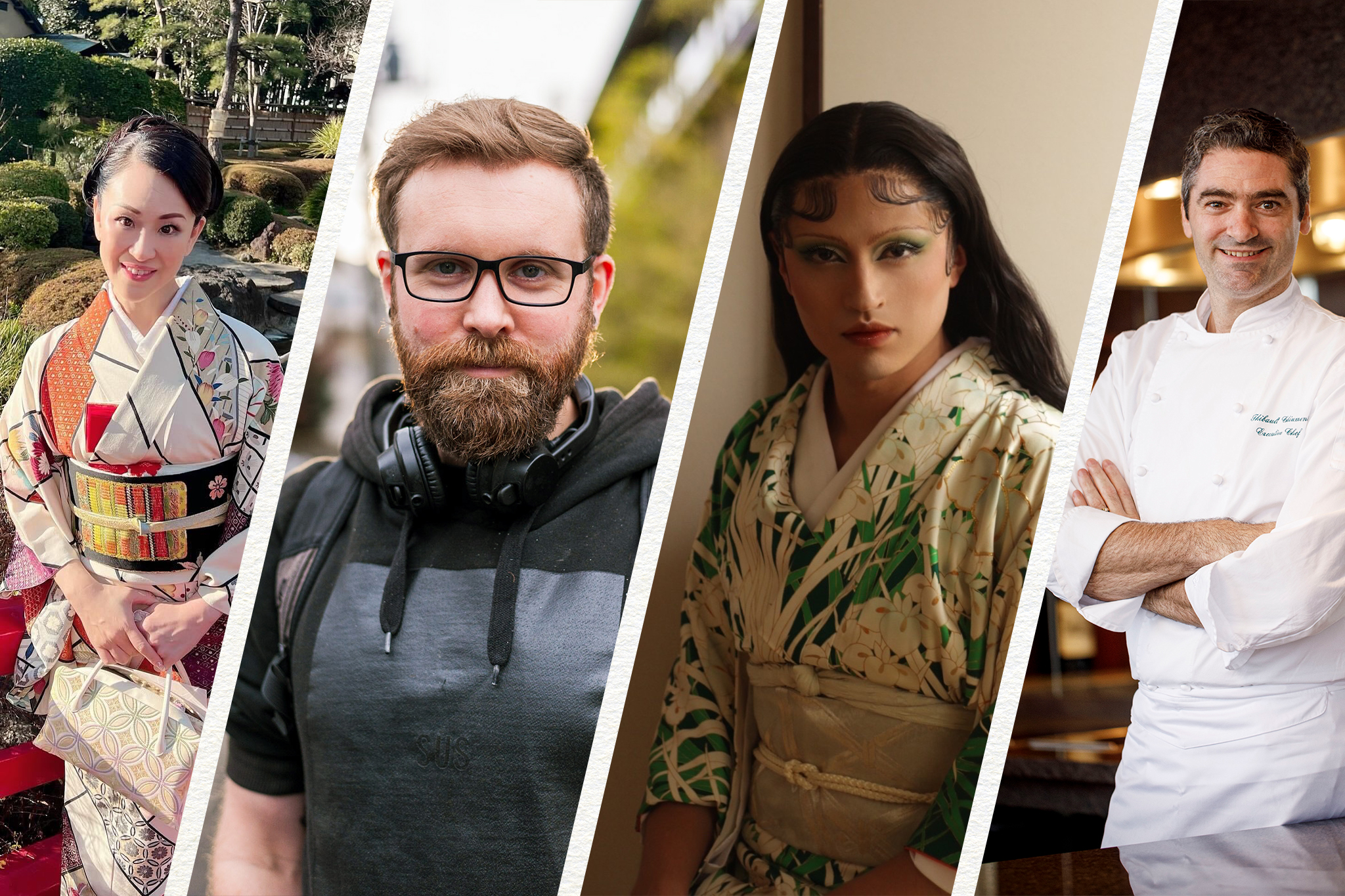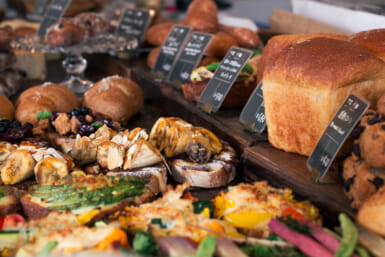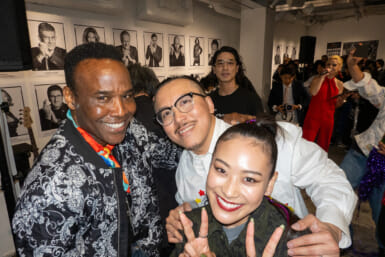The humans of Tokyo make this metropolis pulse with energy. We check in with four of the many Tokyo voices that make the cacophony a symphony.
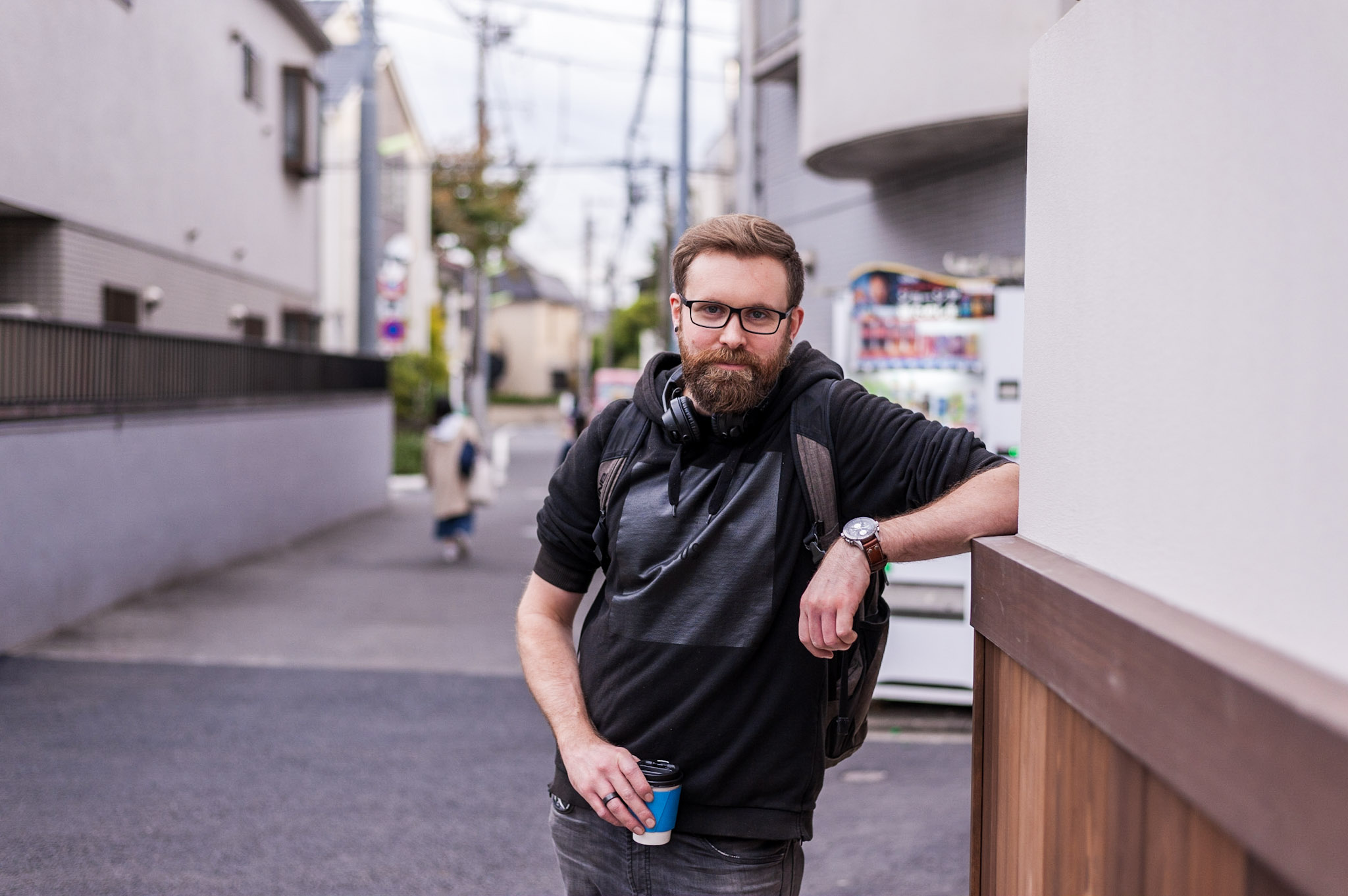
Max Frenzel, Creative Technologist and Writer
Since receiving his Ph.D. in quantum information theory from Imperial College London and working as a postdoc at the University of Tokyo, Frenzel has been involved in several tech startups and has coauthored the international bestseller Time Off, which was published in Japanese in March 2023.
What’s your current obsession?
I was exploring creative AI back in 2017, but kind of left the space about two years ago. Recently, it’s really been blowing up, and I couldn’t resist the itch to get back into it, so I just started a new AI music company (Soundlabs) that I’m really excited about.
If all of Tokyo took a day off, what would it look like?
Beautiful chaos. I hope Japan will get better at taking responsibility for their own time off, taking it when they need or want it, but such a “Super Golden Day” might be a much-needed shock to the system — and also trigger a ton of creativity.
What are the most high-tech and the most low-tech things you love doing in Tokyo?
High-tech: exploring Tokyo’s many museums, shows and exhibitions at the intersection of tech, design and art.
Low-tech: a simple picnic in the park with friends.
You create music under the name Taktile. If you could only choose one sound to represent Tokyo, what would it be?
I think what makes Tokyo’s soundscape so unique is its variety, from quiet nature and temple bells to busy streets and noisy izakaya, but a single representative sound could be a loudly shouted “irasshaimase!”
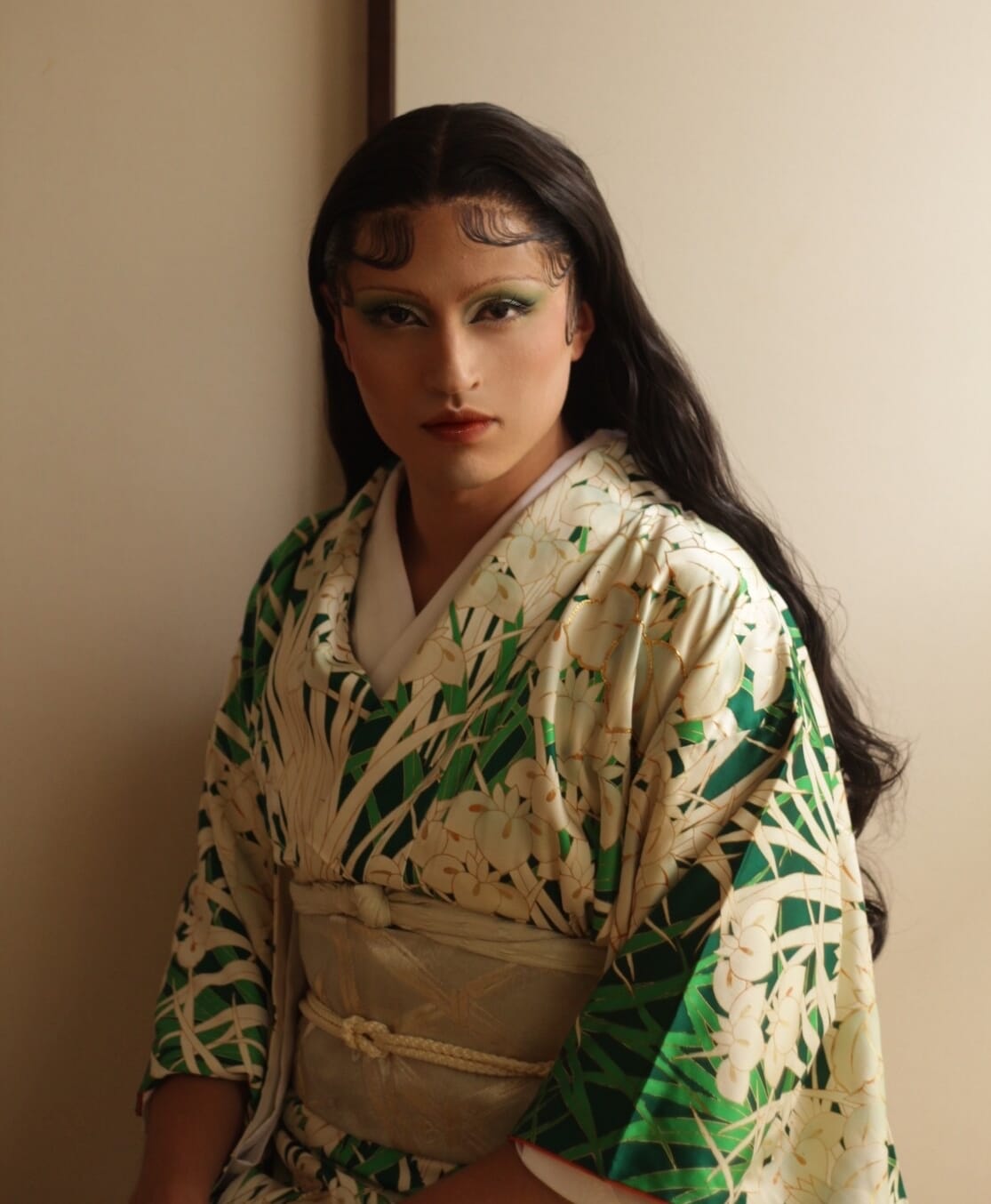
Photo by Jeremy Benkemou
Andromeda, Drag Performer, Artist and Editor
Andromeda (Edo Oliver) is a multifaceted creative and drag performer in Tokyo and one of the founding members and current editors of Iwakan Magazine. They are constantly exploring their relationship with their body, gender, sexuality and trauma through their photography and performances.
What’s your current obsession?
This may sound silly, but I’m trying to learn to style my long(ish) hair. Growing up AMAB (assigned male at birth), I never learned how to do hair, so now I want to be able to express my femininity on a daily basis, not just when I’m in drag and with wigs.
Tell us one positive instance of embracing gender diversity in Japanese society.
I started learning Nihon buyo dance this year, and I was really moved when my teacher said she wanted to come to one of my drag shows. Oftentimes, people think that traditional arts can be conservative, but I’ve met only extremely open-minded people through kimono and Nihon buyo.
What do you love about kimono, which you often wear both privately and for performances?
It’s a sustainable, affordable and timeless option for looking glamorous that doesn’t involve fast fashion or restrictive sizing.
If Tokyo itself were a drag queen, what would its stage name and vibe be?
Tokyo is such a diverse city and an eclectic mesh that I think you’d need a whole cast of queens! Even in drag, you have kabuki, butoh, Takarazuka and more coexisting with what the West has come to imagine as drag.
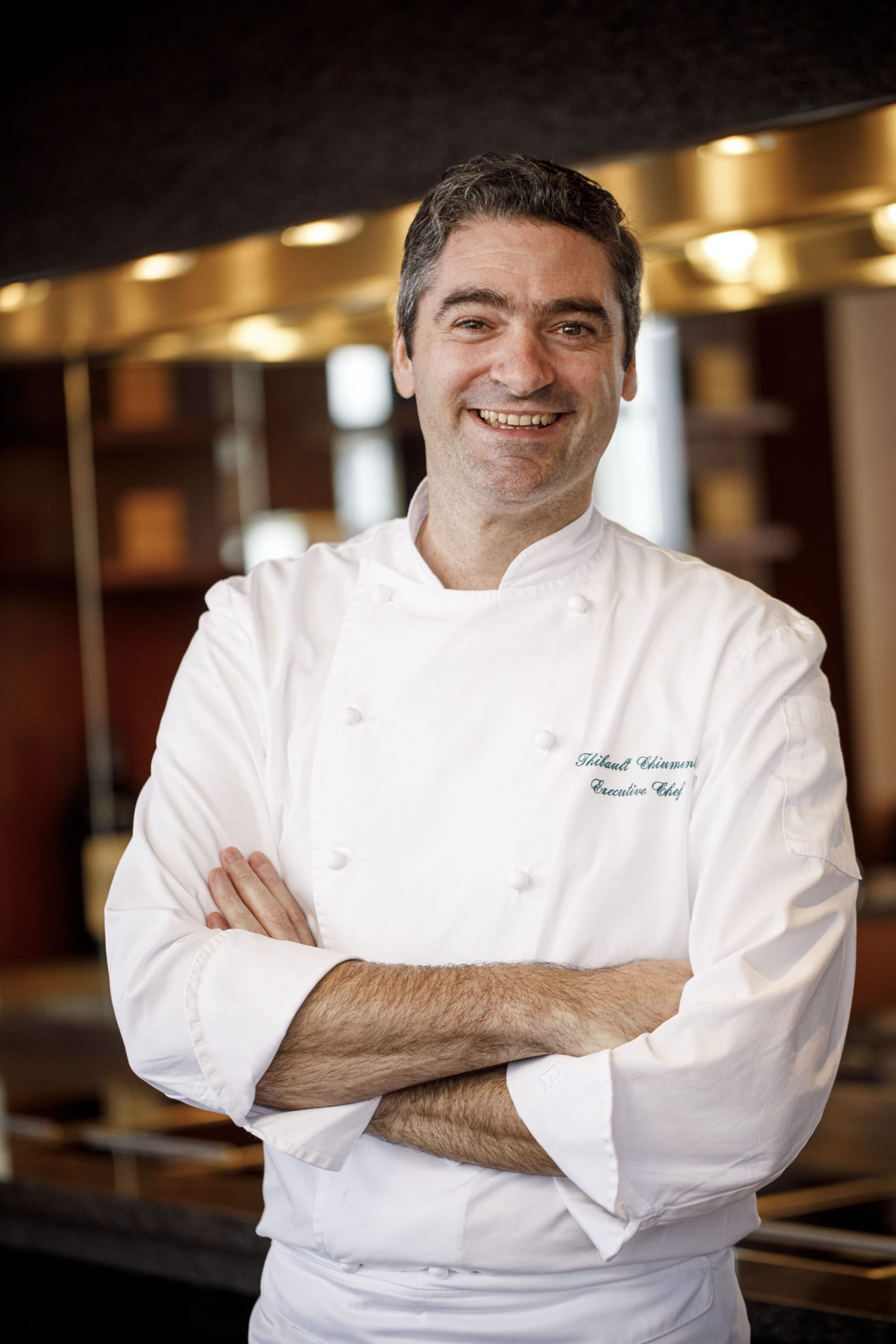
Thibault Chiumenti, Chef
A native of France, Chiumenti became a chef to spread the same joy he felt at his family table. He began his career at The Ritz Paris and followed that with many other positions at high-end restaurants in New York, Bangkok and Singapore before joining Park Hyatt Tokyo in 2022.
What’s your current obsession?
I’m always obsessed with our guest experience and working closely with all of my team to improve day after day. On the personal side, I’m always looking to discover new, exciting restaurants with my wife and daughter — Tokyo has so much to offer.
What’s a dish or menu you created that makes you feel like you are making your culinary mark on Tokyo?
I recently created a spring set menu at Girandole using hamachi from Shikoku, Japanese clams from Chiba, Japanese beef from Gunma and beautiful vegetables from Kagoshima. The Japanese beef sirloin with green pea puree, spring green vegetables and wasabi beef jus is my favorite to cook.
What kinds of Japanese food do you like eating on a day off?
I love ramen, tonkatsu and yakiniku. For something more refined, I love to go and discover small kaiseki restaurants.
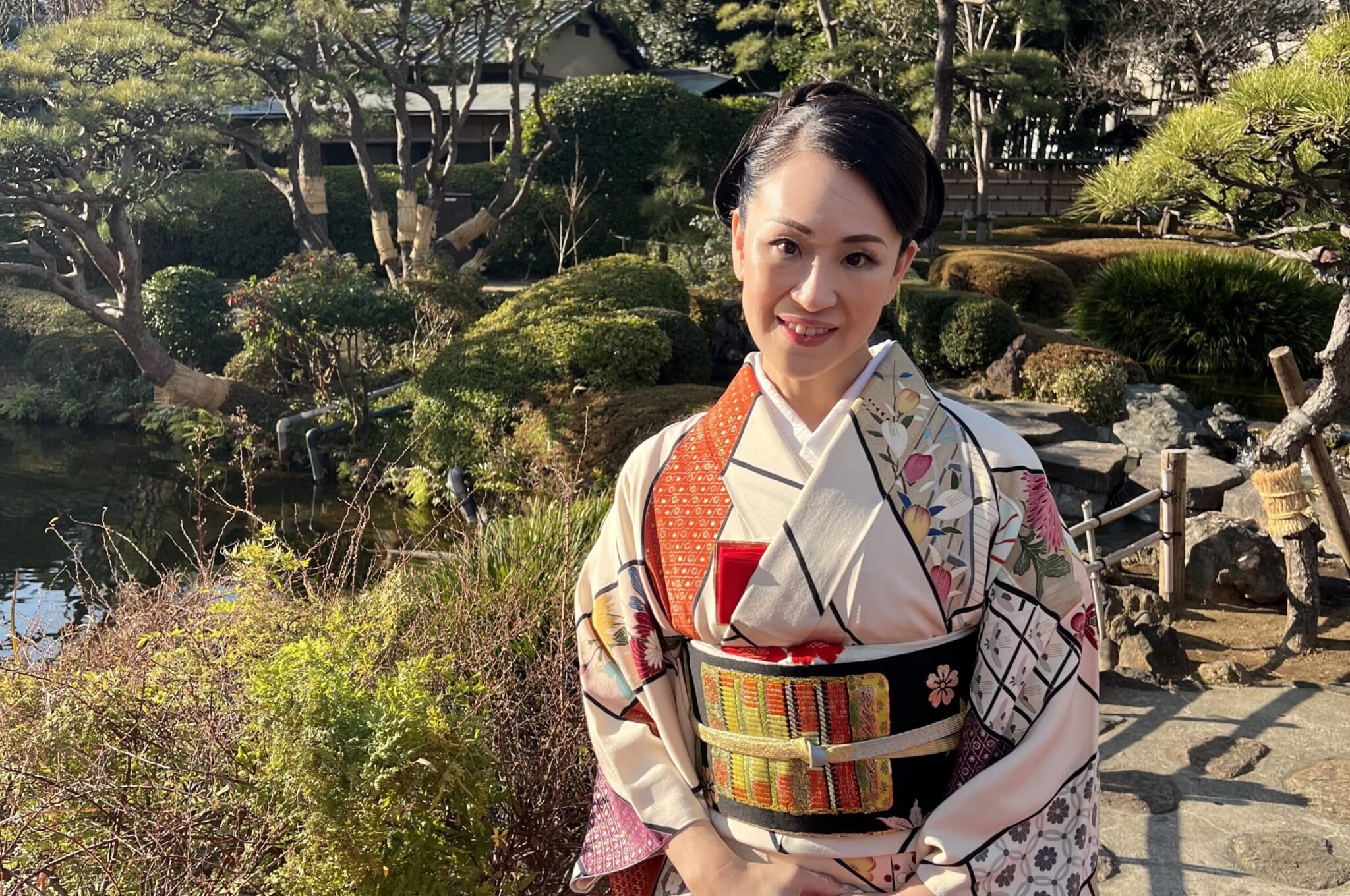
Naomi Mano, Entrepreneur
A U.S.-born Japanese national, Mano is perfectly positioned as a bridge between cultures in her 30-year career in marketing, branding and hospitality. Through her company Luxurique, she has established a connection between visitors to Japan and top artisans, chefs, performers and venues to create exclusive experiences and show a side of Japan that is typically inaccessible.
What’s your current obsession?
I’m excited about our new English-language Furusato Nozei tax platform, Furusato Japan. It has both exclusive products and experiences as return gifts. The idea behind it was to build sustainable domestic tourism while introducing a new audience to this incredible tax perk.
What memorable, rare and exclusive experiences has Luxurique made happen?
Each guest has different requirements, and it’s always a fun new challenge. It might be a private tour behind the scenes of Kiyomizu-dera Temple, a cooking class with a Michelin-starred chef, a helicopter ride to see Mount Fuji from above, or a meeting with one of Japan’s best-known architects or artists.
What is the most underrated part of Tokyo?
Tokyo’s traditional arts and crafts. Tokyo has 41 types of designated traditional arts. You can find Edo kiriko cut glass and kimekomi doll artisans who can provide hands-on experiences teaching these unique arts that are preserving Japan’s heritage.
Read the previous installments of TW’s Voice of Tokyo.

